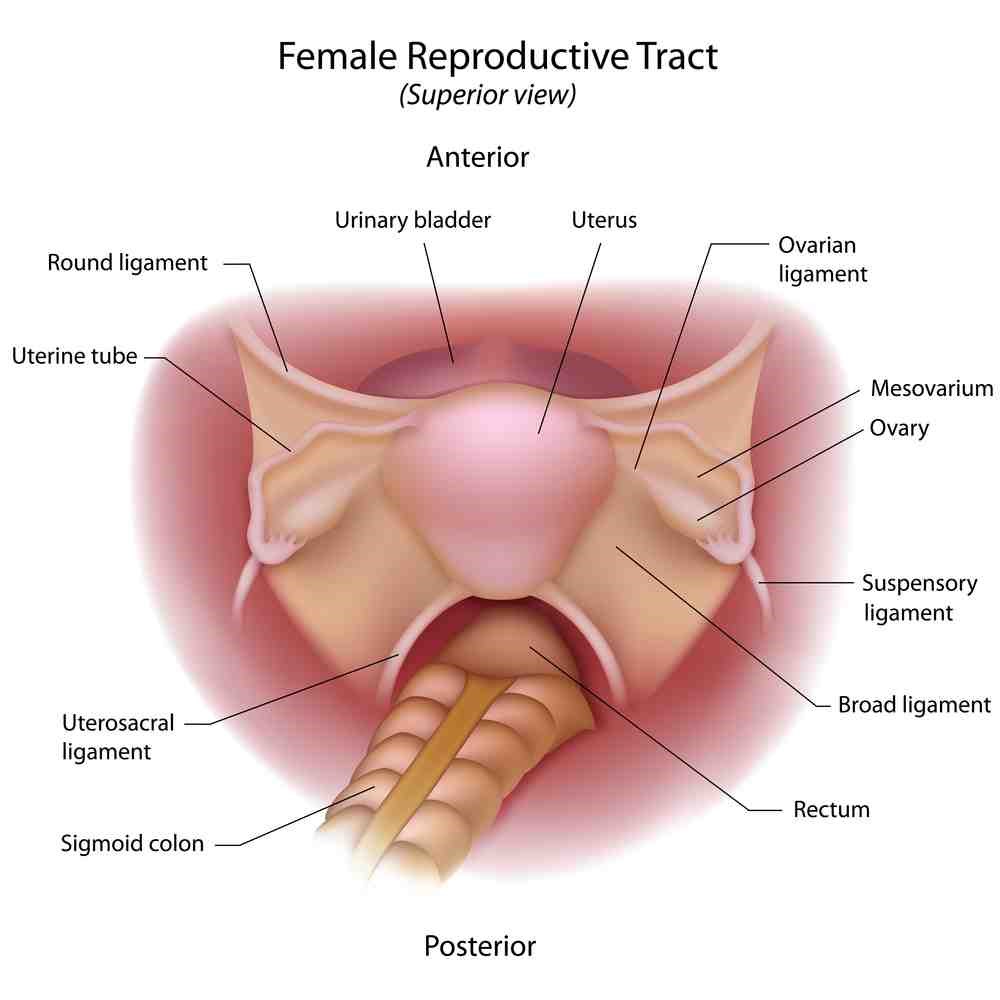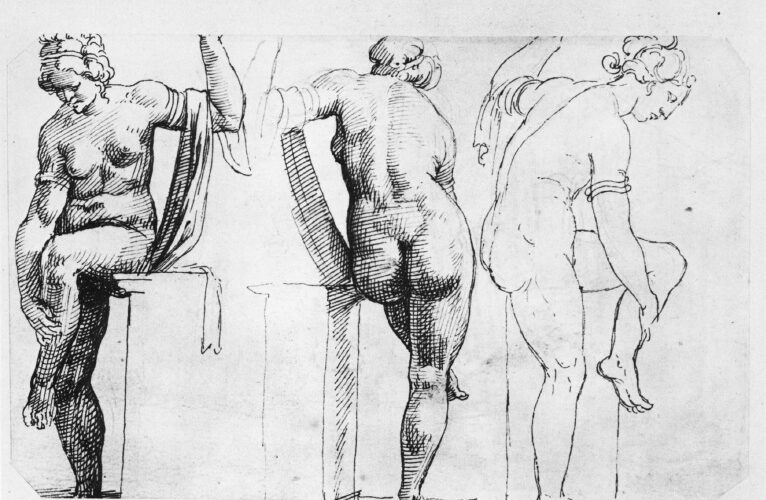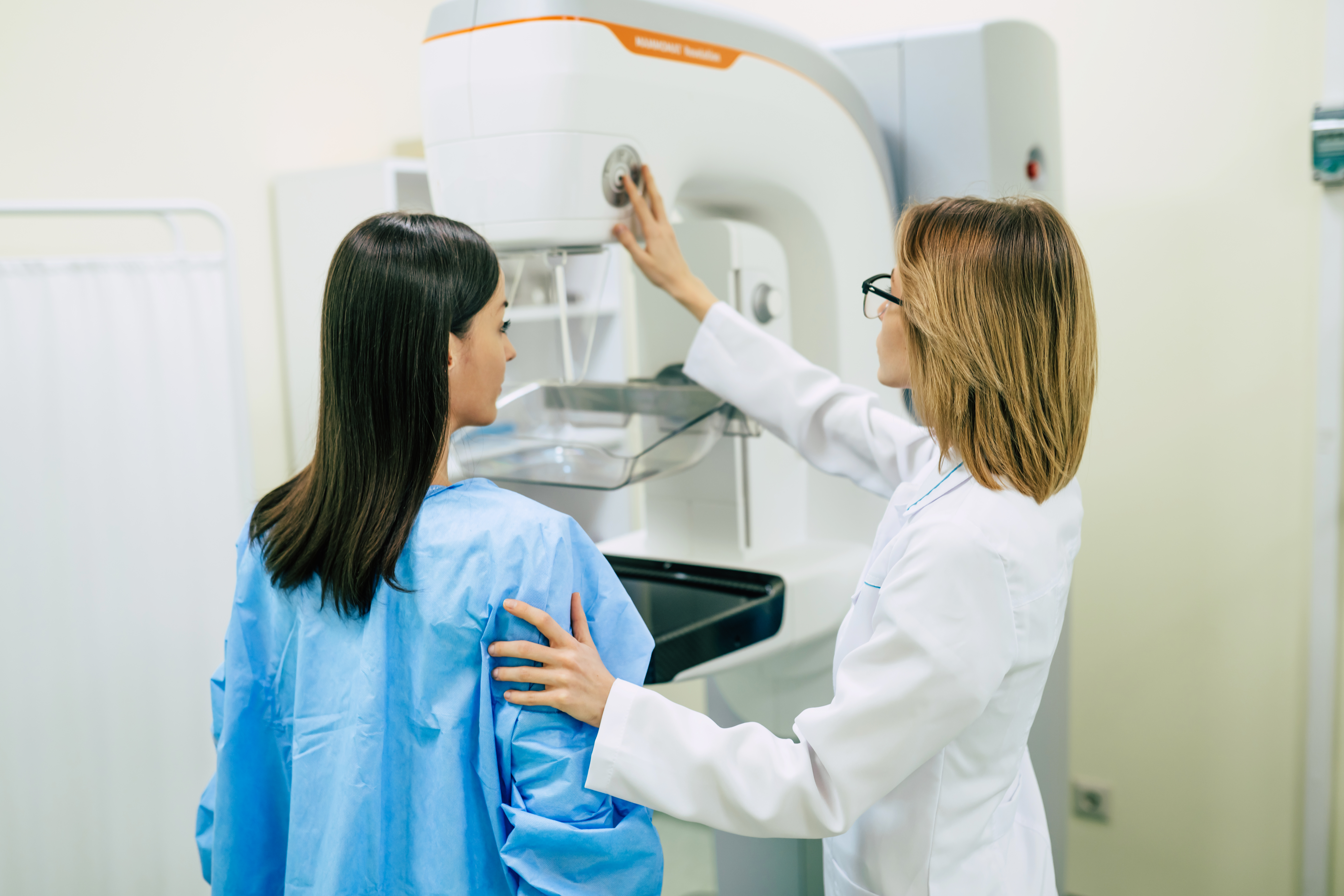I recently attended a class at the ArborVitae School of Herbalism in Manhattan on the Six States of the Uterus. It was led by Lena DeGloma, owner of Red Moon Wellness in Park Slope Brooklyn. While she is a Licensed Massage Therapist and highly experienced doula, Lena also has a rich and thorough background in herbalism. The purpose of the class was to blend her herbal expertise with the science of anatomy to greater understand the uterus.
As I have worked with bodyworkers for years now, I have gained an appreciation for their very tactile understanding of the human body. In some ways, they understand the muscular system better than the highest paid doctor in Manhattan. I’ve spent a lot of time reading and studying about the uterus from a hormonal point of view. But I haven’t spent much time looking at the uterus as a muscle. When the lecture focused on the muscular characteristics of the uterus, I was forced to, yet again, expand my mind on how incredible the female reproductive system is.
How do muscles work? They constrict and relax. And the uterus is no exception.
We most commonly think of the uterus as constricting and relaxing during labor when a woman is giving birth. And for those of us menstruating – well, we know that cramps can sometimes feel like mini-contractions. (In some unfortunate cases, they are not so miniature.) But I didn’t know that the uterus pulsates unceasingly throughout a woman’s cycle and throughout the seasons of her reproductive life. That means at any given time the uterus is contracting and relaxing on a very microscopic level. Depending on where you lie on the continuum (either during your cycle or stage of reproductive life), the uterus will be contracting in different directions. Mind. Blown.
For example, when you are menstruating the direction of contractions are in a downward fashion. (For obvious reasons.) When a woman is in her ovulatory phase, the uterus is contracting in an upwards direction to aid sperm in finding their mate. (Who says sperm are fighting in the canals of the cervix? They’re too stubborn to ask for directions, so the uterus helps out a little bit.) Once the dominant follicle reaches a mature size (16mm), the uterus switches and contractions become antagonistic, lightly pulsing towards each other to keep balance and support implantation should the egg be fertilized.
Furthermore, I learned that the ligaments that hold the uterus are the only ones in the body that also contain smooth muscle, as opposed to just stretchy connective tissue. So as the uterus is pulsating and breathing throughout the cycle these ligaments, too, are contracting and relaxing. Which explains why your back may hurt during your menstrual period. The aptly named uterosacral ligament goes directly from the uterus to the base of the sacrum. Also, those of us who experienced posterior labor – youch. Need I say more?
Below is a superior image of all the ligaments holding the uterus in place. A little different view than what we are used to seeing, huh?

So the uterus is rising and falling to it’s own rhythm unbeknownst to us on a daily basis. There are 2 important factors to muscle movement of the uterus – tone and direction. What can we do to work with our uterus rather than against it?
- Lower Stress – you’ve heard it before and you’ll hear it again. Constant stress draws blood away from the uterus and sends it to skeletal system (think fight or flight). This creates a cooler uterus and less blood flow to the pelvic area. This is neither good for fertility nor overall health.
- Abdominal massage – Think Swedish Massage for your abdomen. This can really replenish the uterine muscle and tissue surrounding it, not to mention those ligaments with smooth muscle. You can learn abdominal massage techniques to use at home from a pelvic floor physical therapist (PFPT).
- Hydrate and up your whole food intake – This is also a no brainer. The more H2O intake, the more fuel uterine muscle has to function. Eat whole foods like vegetables and fruits rather than processed foods like packaged snacks.
- Castor oil packs – Renown for its anti-inflammatory properties castor oil, when used externally, can have a wonderful effect on the uterine muscle. It can improve lymphatic circulation while also providing a quiet time to focus on self care. Here’s some more info on how to do a castor oil pack.
- Reduce muscle inflammation with heat – Did you know that the uterus swells up to 5 times its size during menstruation? (Don’t worry, it’s meant to stretch!) Applying heat can help with this inflammation and keep the muscle toned.
- Chart your cycle to confirm that your hormones are in balance – Fertility Awareness Based Methods allow women to see the symphony of hormones going on during their cycle. Laying out what’s happening hormonally with a certified instructor is the first step to pursuing prime hormonal health.
We hope this list helps! The biology lesson is over and you can go tell all your friends how incredible female anatomy really is.
This article was last updated on July 12th, 2023.











